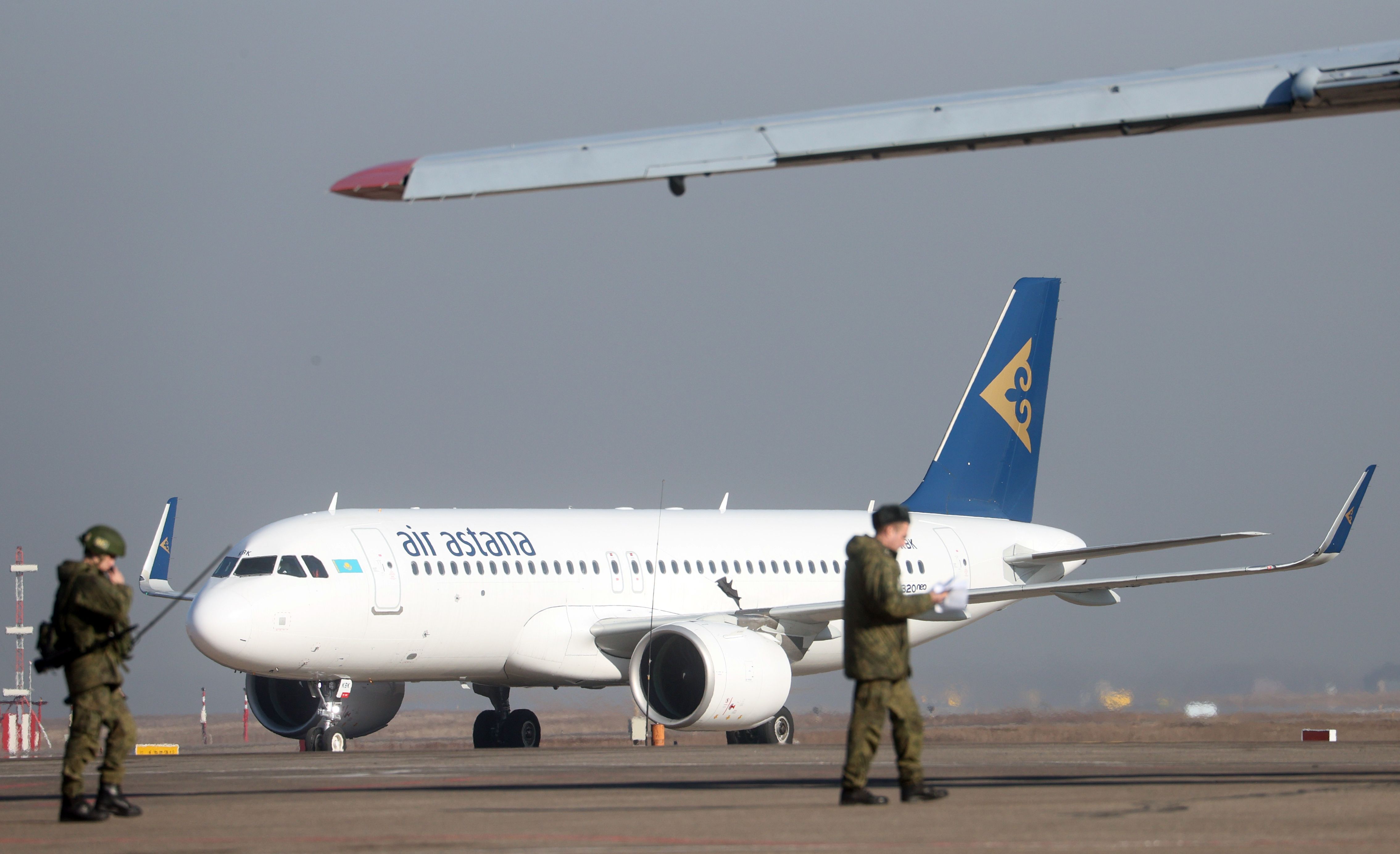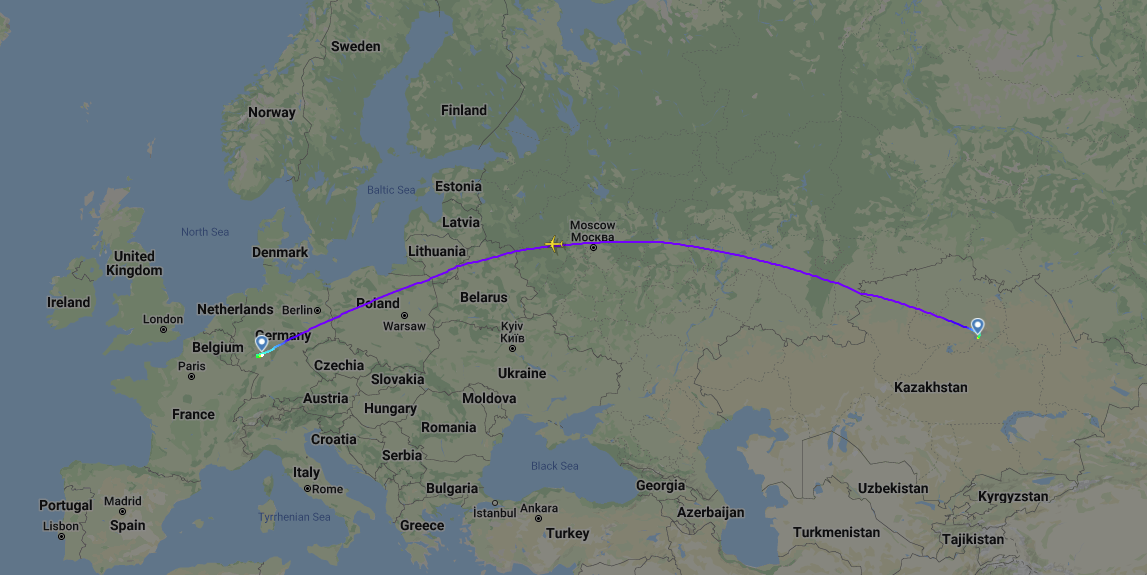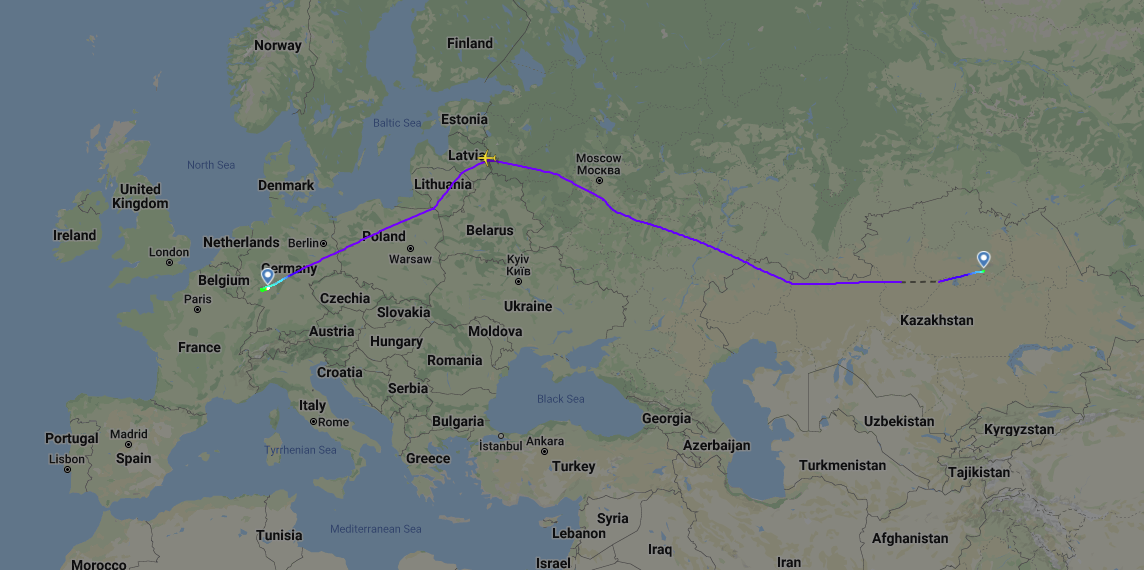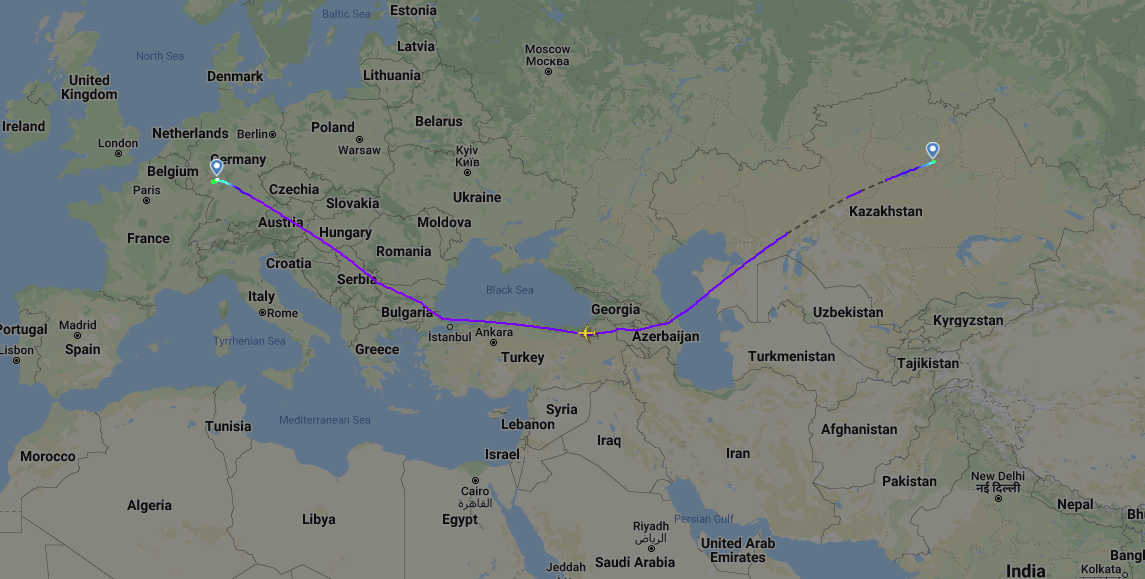The Air Astana Group of Khazakstan has posted a profit for the 2021 full year. The airline group's profits amounted to $36.1 million after-tax and is a vast improvement on the $94 million loss posted by the airline for 2020, which was only the second loss experienced by the airline in its history.
While many airlines felt the full force of the pandemic fairly instantly, the recovery has been much slower for most. More and more airlines are slowly recovering, but it seems as though COVID-19 is no longer an active threat to the Kazakh flag carrier, Air Astana. The airline transported more passengers in 2021 than in the pre-pandemic year of 2019.
An impressive profit
The Air Astana Group posted a profit of $36.1 million after-tax for the full year of 2021. This is particularly impressive, as according to data from ch-aviation.com, it far exceeds the airline's profit in 2019 and is the second-largest profit since 2016 and the largest profit after 2017,
- 2016 - Loss: -$39,865,000
- 2017 - Profit: $39,318,000
- 2018 - Profit: $5,352,000
- 2019 - Profit: $30,032,000
- 2020 - Loss: $94,000,000
- 2021 - Profit: $36,100,000
Commenting on the airline's success in the past year, its CEO Peter Foster remarked that the airline group had,
“recovered from the effects of the global pandemic far quicker than expected. Domestic traffic was strong and FlyArystan, in what is effectively its first full year of operation given that 2020 was partially a write-off, posted very strong growth and a small profit. Regional international yields firmed, and new ‘lifestyle’ routes to tourist destinations exceeded all expectations”
FlyArystan growing
Air Astana launched FlyArystan, its low-cost subsidiary, in mid-2019. This meant that 2019 wasn't a full year for the subsidiary's operations. As mentioned in Foster's quotes, the airline isn't considering 2020 as a full year of operation due to the impact of the COVID-19 pandemic.
This means that FlyArystan completed its first typical year of operations in 2021 and, as such, is now contributing to the success of the Air Astana brand. 6.6 million passengers were carried by the group in 2021, with almost half of these (3.1 million) booked to travel with FlyArystan. According to data from ch-aviation.com, the FlyArystan fleet has continued to grow. Ten aircraft are now attributed to the low-cost arm, with nine listed as active. All nine operational aircraft are A320s, with one being an A320neo.
Increasing passenger numbers
As mentioned, FlyArystan played a considerable role in boosting the Air Astana Group's passenger numbers last year. This meant that the group carried more passengers than any of the previous five years as follows,
- 2016 - 4,200,000 passengers
- 2017 - 4,320,000 passengers
- 2018 - 5,120,000 passengers
- 2019 - 3,700,000 passengers
- 2020 - 3,555,000 passengers
- 2021 - 6,600,000 passengers
As the low-cost arm continues to grow within Kazakhstan and the surrounding areas, this number will no doubt continue to rise across the coming years.
What about the unrest in January?
At the start of January, Kazakhstan made international headlines. Unrest broke out in the country as a result of rising fuel prices. This led to the main airport in Almaty becoming seized by protestors. As a result of the unrest, Air Astana suspended all flights. Two days later, the airline had resumed some flights, with services continuing from Almaty around a week after it was seized.
Commenting on the situation's impact on Air Astana's operations, Foster revealed that the airline had seen a V-shaped effect.
2022 has thrown up new and early challenges. The troubles in Kazakhstan in early January were a V-shaped event for us
.
A V-shaped impact means that the situation deteriorated rapidly but recovered equally rapidly. It is called as such because if you plot a variable on a graph, such as passenger numbers, the resulting output will look like a V. U, W, and L-shaped recoveries are also possible. Initially, many hoped the global aviation industry would have a V or U-shaped recovery from the COVID-19 pandemic. Instead, the industry saw an L shape, with rapid deterioration and a long road to recovery.
The situation in Ukraine poses challenges
The ongoing situation in Ukraine continues to pose challenges to Air Astana in more ways than one. Firstly, the airline cannot fly to the country while it remains designated as a conflict zone. Foster commented that Air Astana has operated with a strong presence in the country since 2013.
However, the ongoing situation also affects the routing of other flights to Europe. Take KC921 from Nur-Sultan as an example. The flight had roughly followed a grand circle route between the two cities until the end of February, taking it over Moscow and into Belarusian airspace. Since the start of the month, Air Astana has been avoiding overflying Belarus with a slight diversion to the north of the country.
Today the airline went one step further, routing south of Ukraine via Azerbaijan, Armenia, Turkey, Bulgaria, Serbia, Hungary, and Austria before arriving in Germany. This route totally avoided Russian airspace. The airline allocated an additional two hours for the flight, according to data from FlightRadar24.com. Friday's flight is still listed as landing at 07:00 instead of the 09:00 arrival time assigned today.
Commenting on the situation in Ukraine, Foster remarked,
"The conflict in Ukraine, a country in which we have had a strong presence since 2013, is posing multiple challenges. We pray that it may be resolved soon not only for business reasons but more importantly, so that people in affected countries to which we fly can return to their normal lives"
Looking to the future
In May, Air Astana will celebrate its 20th anniversary. The airline is set to continue working on its offering in the coming years. In the second half of 2021, Foster told Simple Flying that Air Astana was seriously looking at dedicated freighter aircraft, while the Airbus A321XLR could also be on the cards, but not because of its extended range. Additionally, the airline has three outstanding orders for the Boeing 787 Dreamliner, though this may lead to questions over the 767's future. One thing is for sure. The airline sees no need for a first class cabin.
What do you make of Air Astana's full-year results? Let us know your thoughts in the comments!

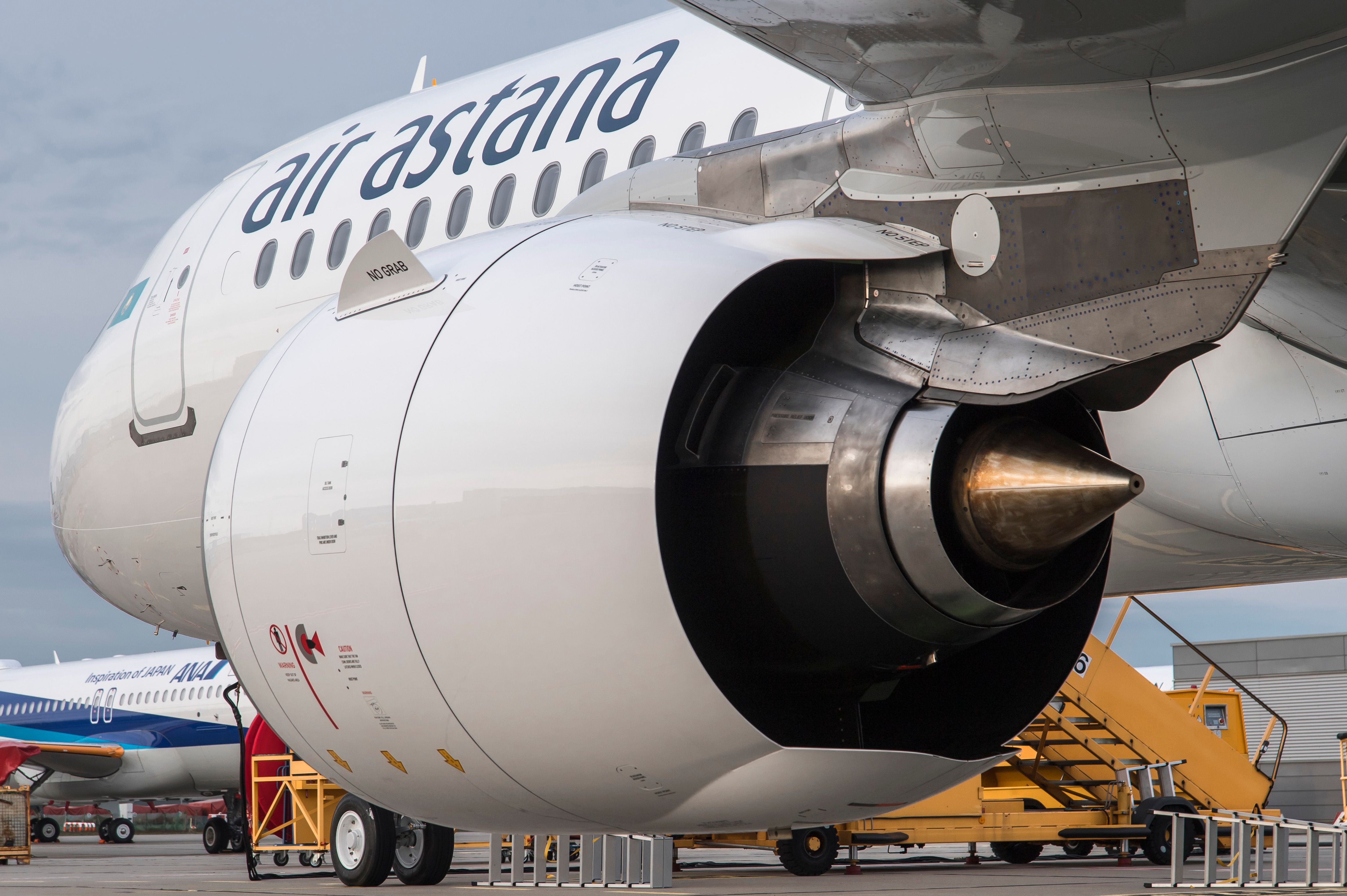
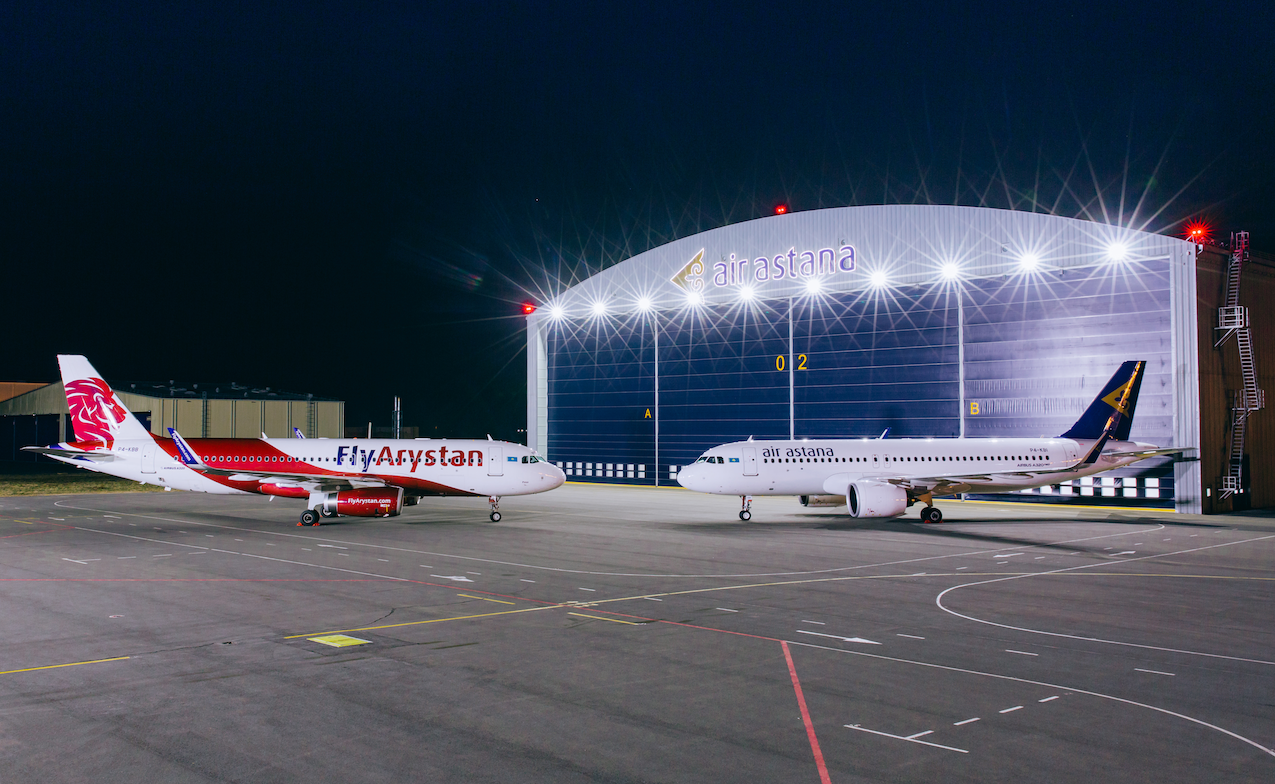
.png)
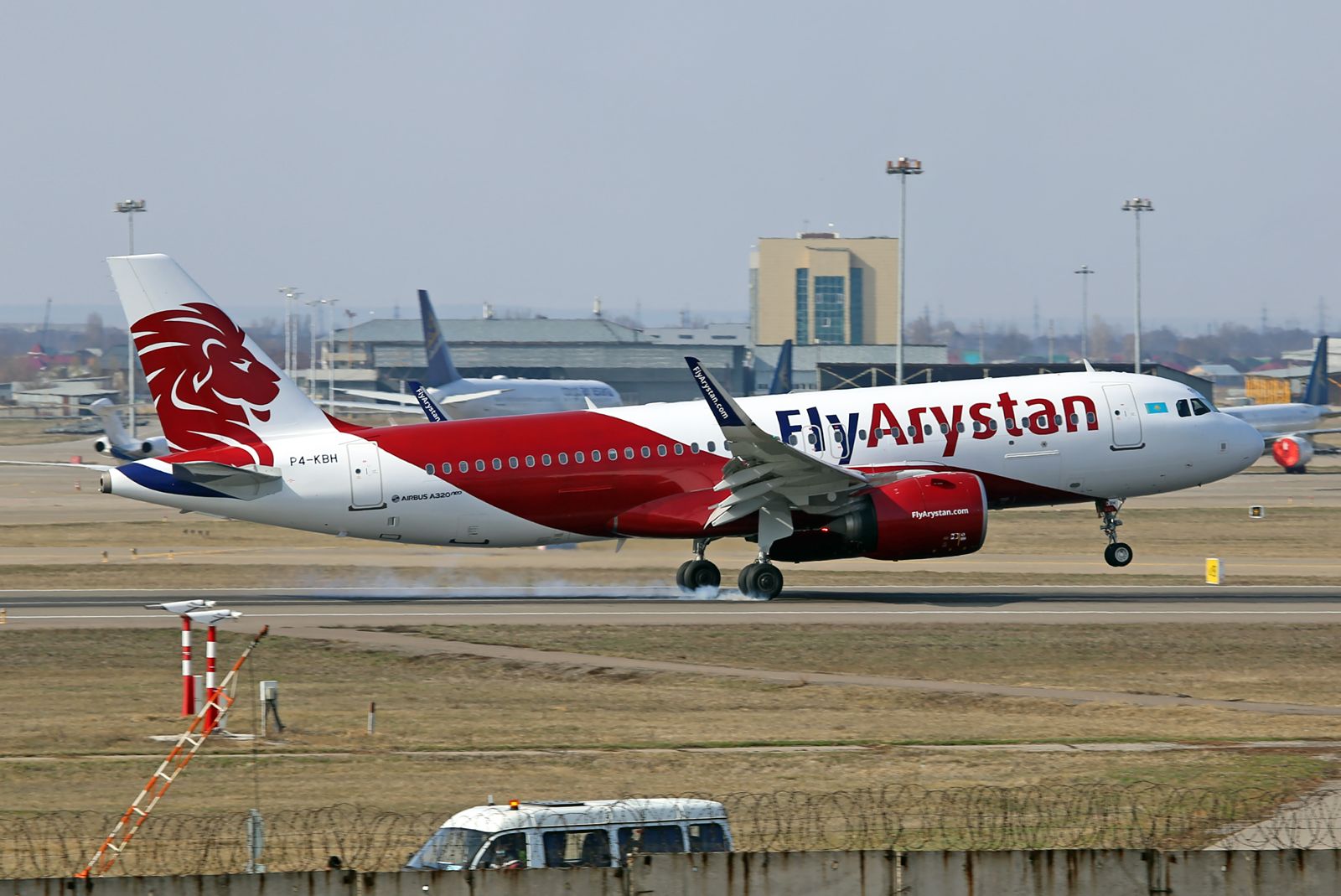
.png)
